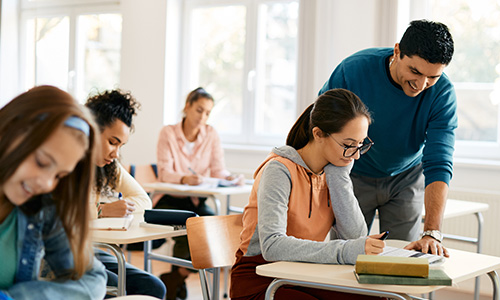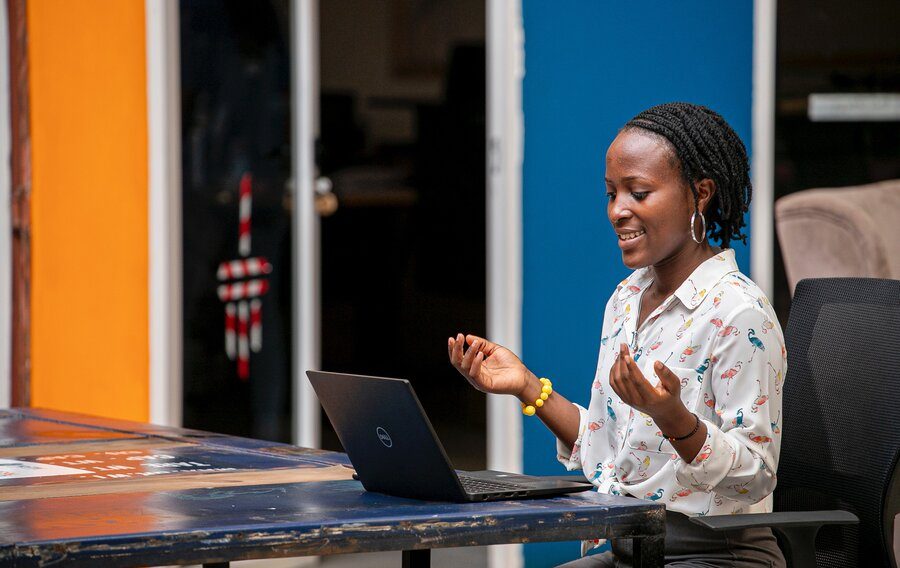Many courses funded by the Adult Education Budget (AEB) last an average of eight to 12 weeks. For short courses like this, providers need to...
What is a Unique Learner Number?
All training providers should ensure that their learners’ training results are added to their Personal Learning Record (PLR) to ensure they have a lifelong record of their achievements and can progress efficiently to further training or employment.
To do so, you’ll need to use their Unique Learner Number (ULN) to match the individual with their record.
In this article, we’ll explain what a ULN is, the difference between the ULN and PLR and how you can access or generate ULNs on the UK government website portal.
What is a Unique Learner Number?
A Unique Learner Number (ULN) is a 10 digit reference number that matches a learner to their Personal Learning Record (PLR) in England, Wales and Northern Ireland. Anyone over the age of 13 who is involved in UK education or training has one of these numbers.
The ULN allows the learner to keep a lifelong record of their training and education. The learner has this same number throughout their life and any awarding organisation is required to collect and validate the ULN.
It’s a secure way of sharing learning records with apprenticeship providers, colleges, universities and employers because it cannot be shared without the prior consent of the learner.
Every time the learner wants to review their learning records or confirm their details on their PLR, they will need this number.
What is the Personal Learning Record?
The Personal Learning Record (PLR) is an online record of the learner’s qualifications and achievements, It includes general and vocational qualifications like BTEC, diploma, Functional Skills, GCSEs, A-Levels and Functional Skills.
What is the difference between ULN and PLR?
The ULN is the unique number given to learners to match them with their PLRs. To distinguish between the two, you can think of the ULN as a password that provides access to the confidential information contained in the PLR.
Where a learner can obtain a Unique Learner Number
Learners cannot obtain their ULN themselves. In England, Wales and Northern Ireland, they will be given a ULN by their school or learning provider. It can often be found on exam certificates printed by awarding bodies.
If they don’t already have a ULN, their school or training centre will need to obtain one on their behalf.
For learners over 16 years old, this can be done in the following way:
- Make sure the training provider’s details are up to date on the provider register and note the UK Provider Reference Number (UKPRN).
- Register with the Learning Records Service.
- Search to see whether the learner already has a ULN by inputting their personal information.
- If the learner doesn’t yet have a ULN, you can create one by clicking the ‘register this learner’ button.
- Download the web service certificate. You will receive an email with the password for the certificate.
Secondary schools should not need to submit learner data to the LRS portal to gain the number.
Where a learner can obtain a Personal Learning Record
Learners can obtain a copy of their PLR by requesting it from their learning provider.
Alternatively, they can download a request form from the Education and Skill Funding Agency and return it via email along with proof of ID. However, this can take around a month to complete.
If the learner finds problems with their PLR, such as missing qualifications, the learning provider can request changes via the LRS Organisation Portal.
Monitor your learners with Bud
Need help monitoring or managing your learners? Bud can help. Our cutting-edge training platform simplifies how you deliver your training, making it more effective, more efficient and cutting admin time.



